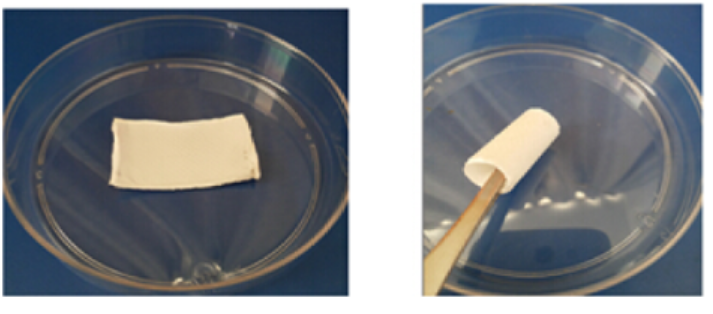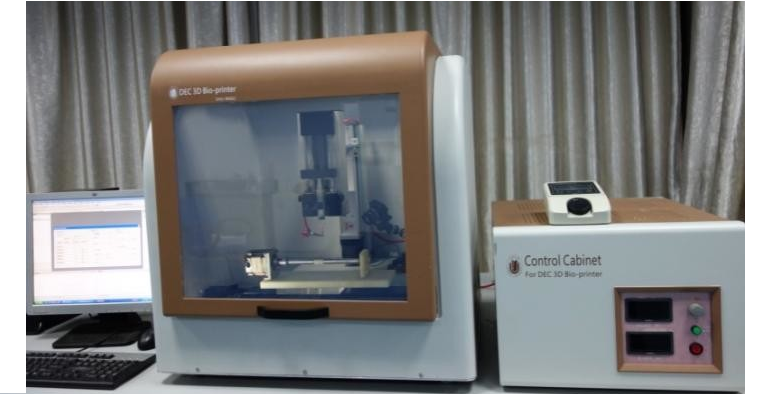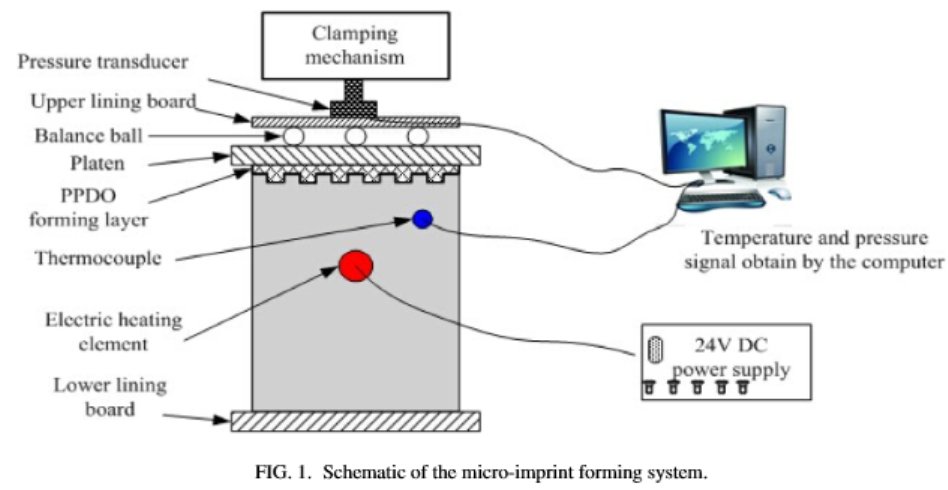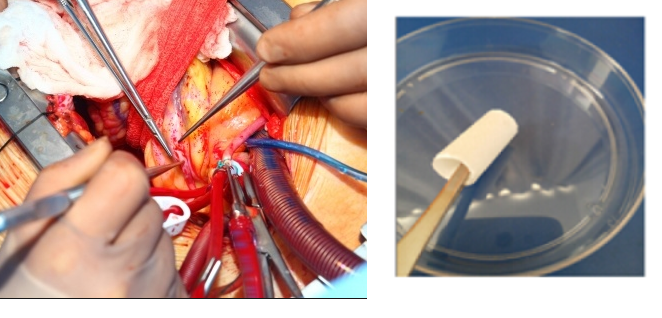 Ever year, millions of people die from heart disease. More often than not this disease is caused by one or more blockages within the arteries leading to the heart. Surgeons often are forced to perform a coronary artery bypass surgery in order to prevent eventual death of a patient. Such a procedure traditionally calls for the removal of an artery somewhere else in the patient’s body such as the leg, and the reimplantation of that artery to replace the blocked specimen. I have seen two of my grandparents undergo multiple bypass surgeries and can tell you firsthand, it can often be a difficult recovery, especially for the elderly.
Ever year, millions of people die from heart disease. More often than not this disease is caused by one or more blockages within the arteries leading to the heart. Surgeons often are forced to perform a coronary artery bypass surgery in order to prevent eventual death of a patient. Such a procedure traditionally calls for the removal of an artery somewhere else in the patient’s body such as the leg, and the reimplantation of that artery to replace the blocked specimen. I have seen two of my grandparents undergo multiple bypass surgeries and can tell you firsthand, it can often be a difficult recovery, especially for the elderly.
Through the natural progression of science, eventually most bypass surgeries will not require the removal and reimplantation of a healthy artery back into the patient. Vascular grafts will eventually lead to faster, easier procedures for both surgeons and the patients themselves. This is why a great deal of research is currently underway to create reliable synthetic blood vessels which mimic natural ones. A successful vascular graft needs to be robust enough to withstand its constant use within the circulatory system, while also providing space for actual human cells to grow within it as the graft slowly decays within the body.
Currently a method called electrospinning has been utilized by researchers to create vascular grafts, but they’ve found that the structure of the resultant grafts are not nearly rigid enough to support use within the human body. Because of this, researchers, led by Yuanyuan Liu at Shanghai University’s Rapid Manufacturing Engineering Center, are looking for a better solution.

The tri-layer vascular grafts
We’ve already seen that 3D bioprinting can be used for a variety of medical applications, and it seems as if the technology could eventually hold promise within dozens of applications within the healthcare industry. Realizing this, the aforementioned researchers turned to a form of 3D printing themselves called micro-imprinting, in combination with their electrospinning technique to develop a vascular graft which is more robust than the grafts that relied solely on the electrospinning process.
The new vascular grafts consist of three layers. Two outer layers are created by the electrospinning apparatus and consists of chitosan and polyvinyl alcohol, while the inner layer is 3D printed with poly-p-dioxanone (PPDO), using the micro-imprinting technique. These three layers result in a composite vascular graft with inherent mechanical properties which are superior to grafts created with electrospinning alone.
“The composite vascular grafts could be better candidates for blood vessel repair,” said Yuanyuan Liu, an associate professor at the Rapid Manufacturing Engineering Center.
Although we are likely years away from seeing these vascular grafts used within human clinical trials, much less entering the realm of bypass surgery, the team’s next step is to perform animal testing using samples of these grafts. If successful, such technology could certainly advance the treatment of one of the world’s leading causes of death, heart disease. Thanks to 3D printing this all may eventually be possible.
Let’s hear your thoughts on this story in the 3D Printed Artificial Blood Vessel forum thread on 3DPB.com
Subscribe to Our Email Newsletter
Stay up-to-date on all the latest news from the 3D printing industry and receive information and offers from third party vendors.
You May Also Like
3D Printing News Briefs, April 13, 2024: Robotics, Orthotics, & Hypersonics
In 3D Printing News Briefs today, we’re focusing first on robotics, as Carnegie Mellon University’s new Robotics Innovation Center will house several community outreach programs, and Ugogo3D is now working...
Rail Giant Alstom Saves $15M with 3D Printing Automation Software 3D Spark
3D Spark has entered into a three-year deal with the rail giant Alstom. Alstom, a transport behemoth with annual revenues of $16 billion, specializes in the manufacture of trains, trams,...
Meltio Expands Global Reach with New Partnerships in the Americas and Europe
Spanish 3D printing manufacturer Meltio has expanded its sales network across the globe. With the addition of three new partners in the United States, Brazil, Argentina, and Italy, Meltio aims...
3D Printing Webinar and Event Roundup: April 7, 2024
Webinars and events in the 3D printing industry are picking back up this week! Sea-Air-Space is coming to Maryland, and SAE International is sponsoring a 3D Systems webinar about 3D...


































